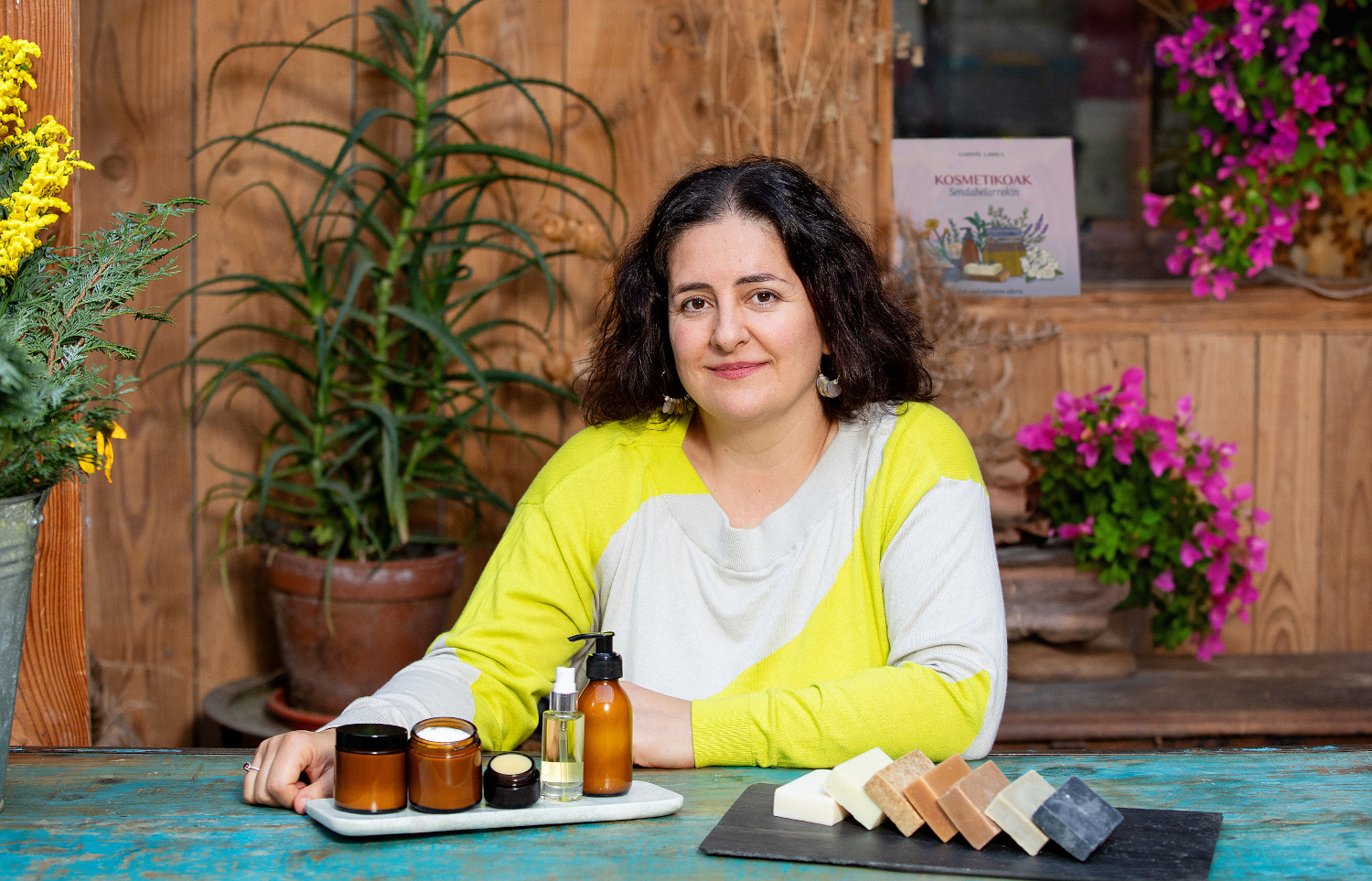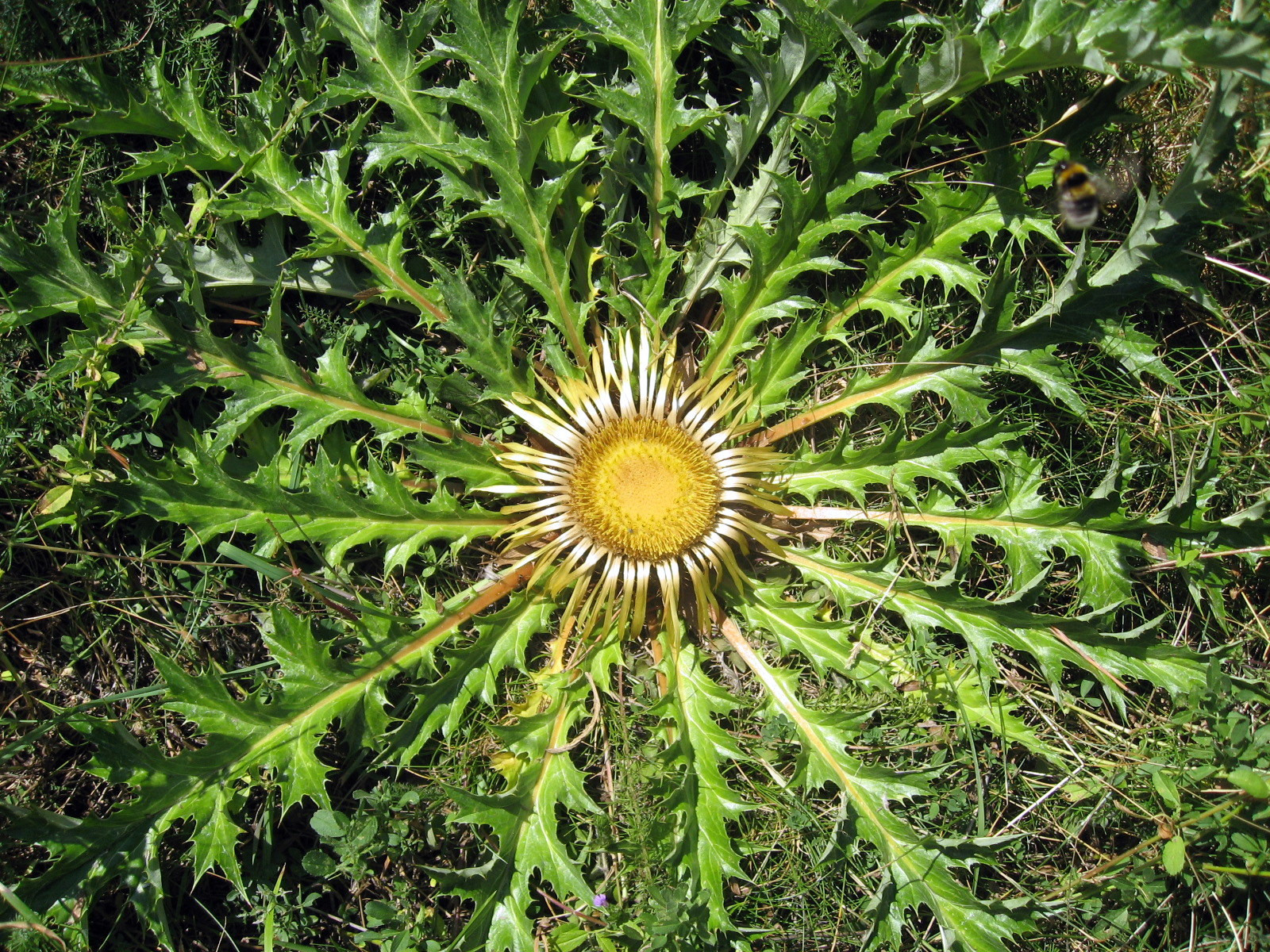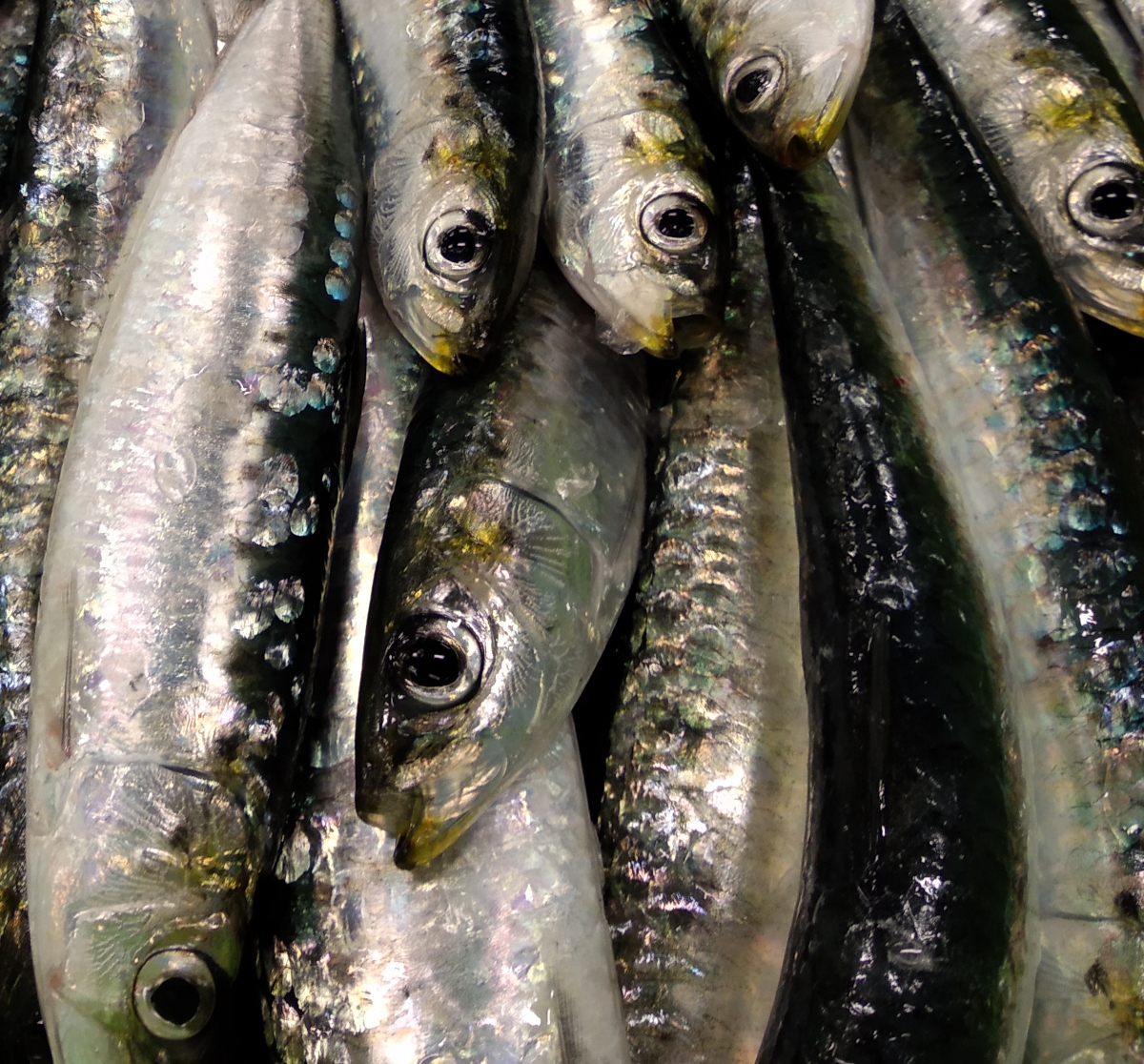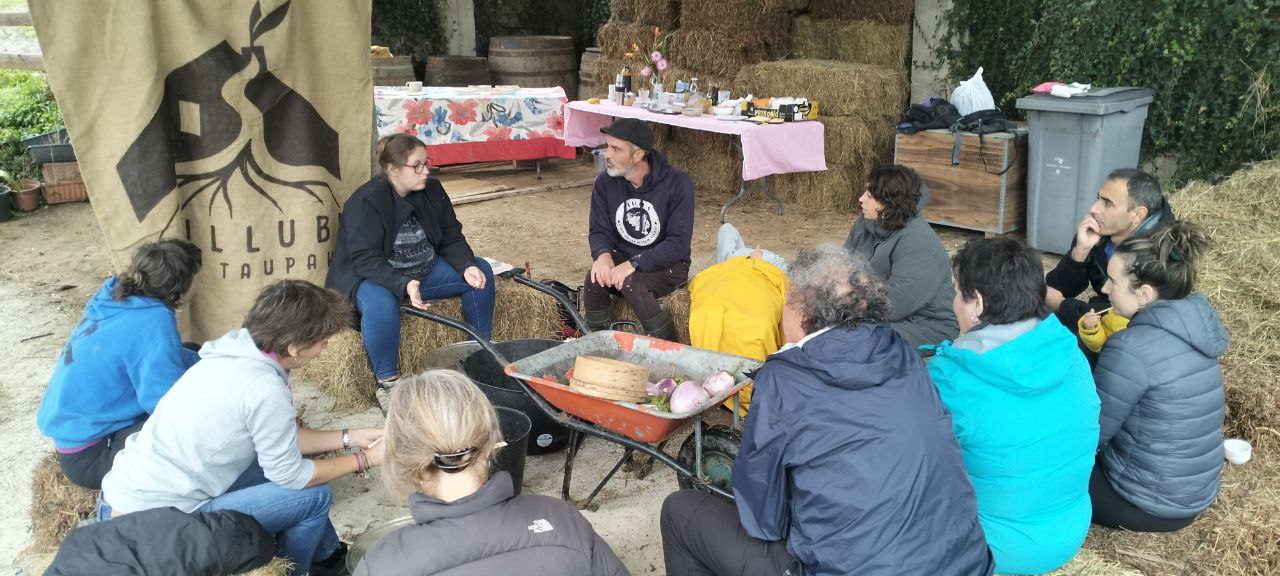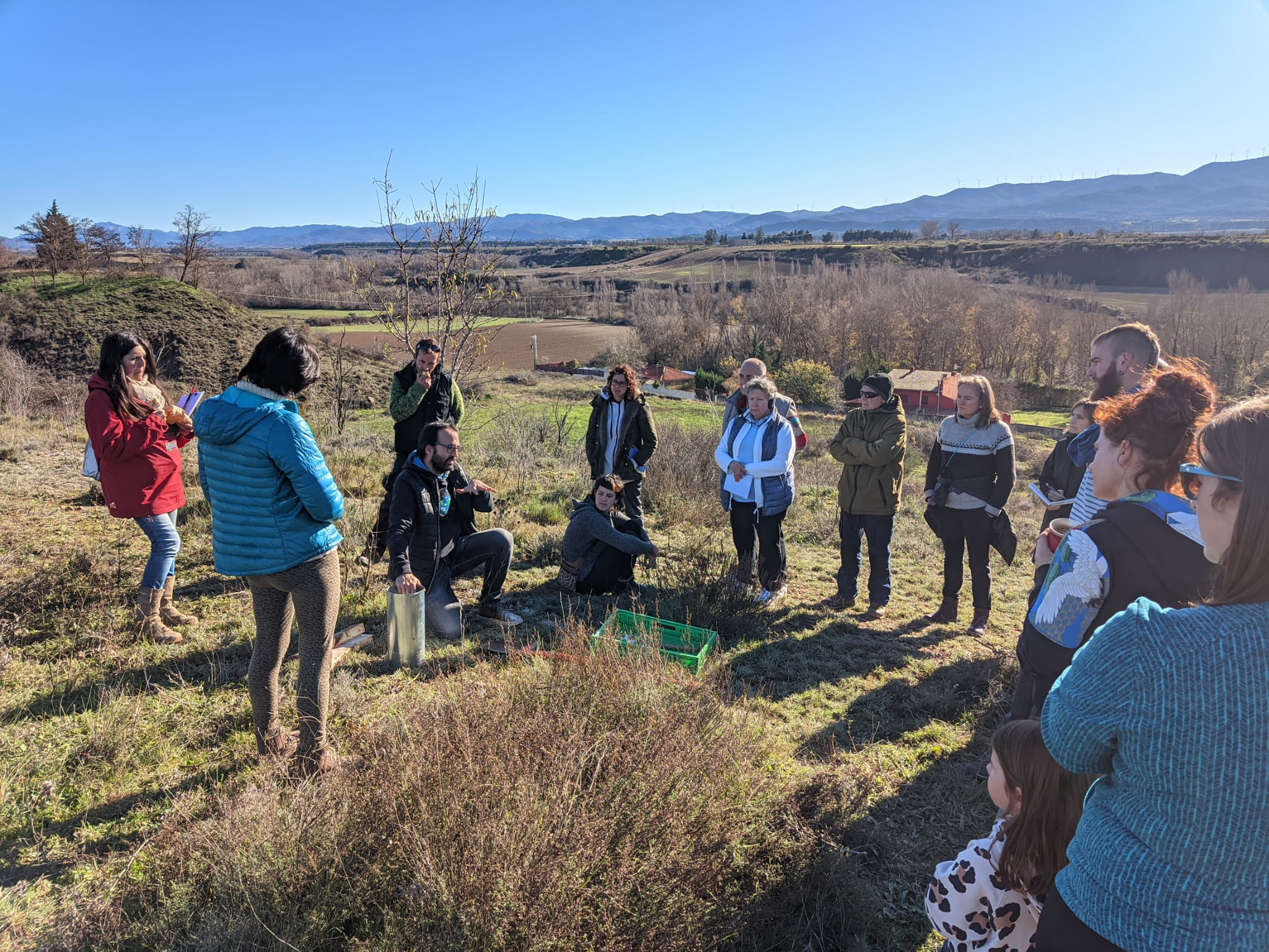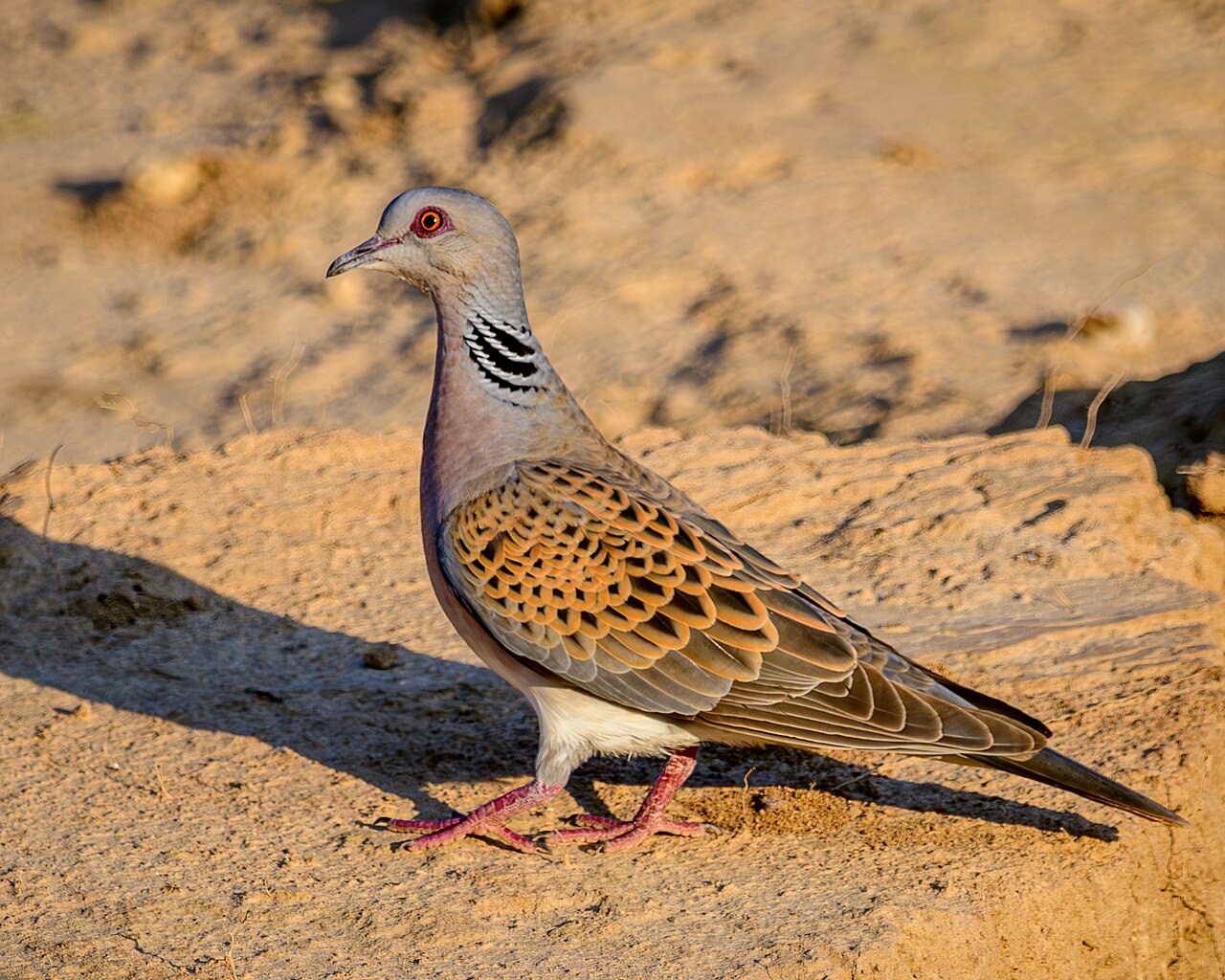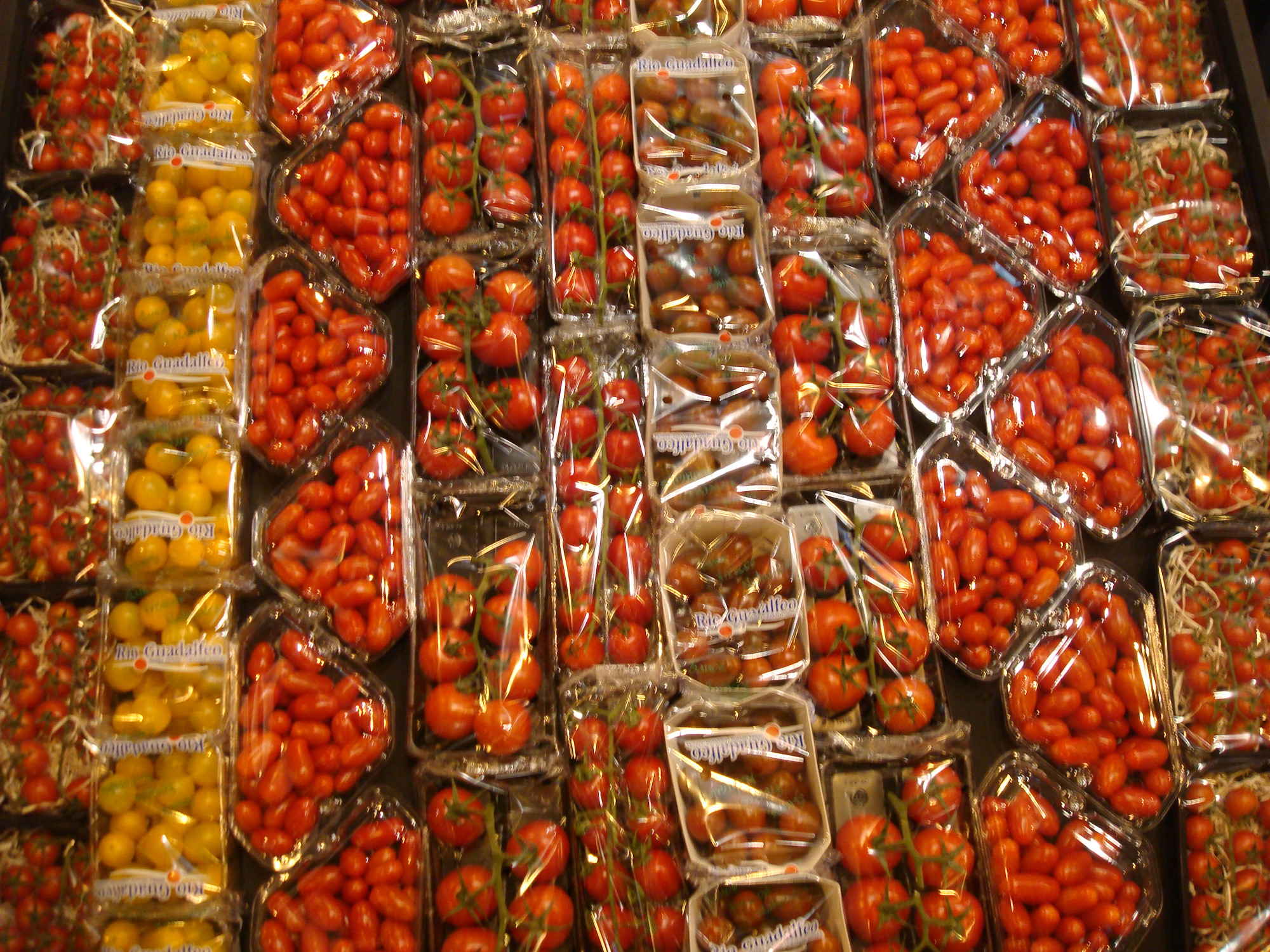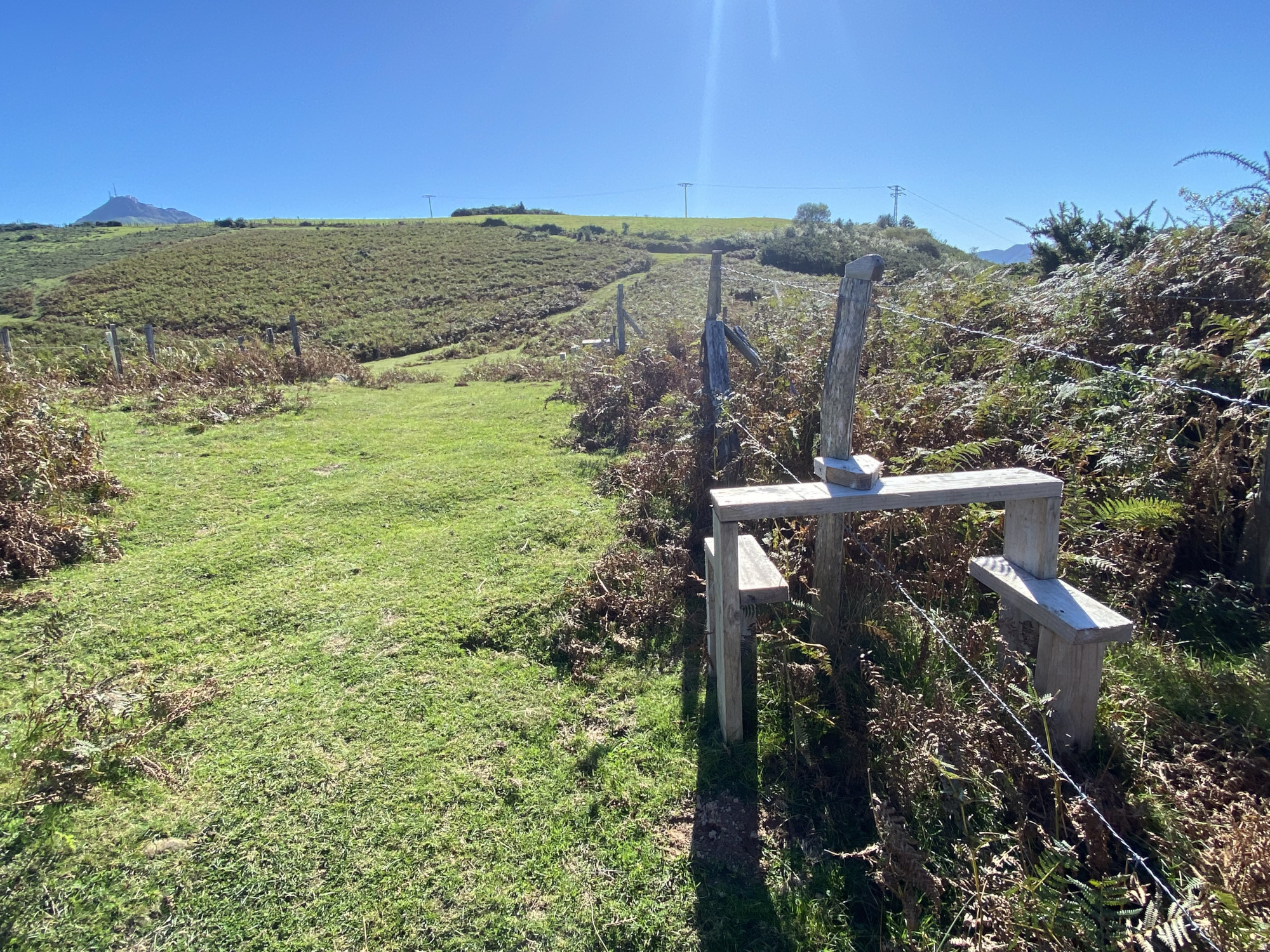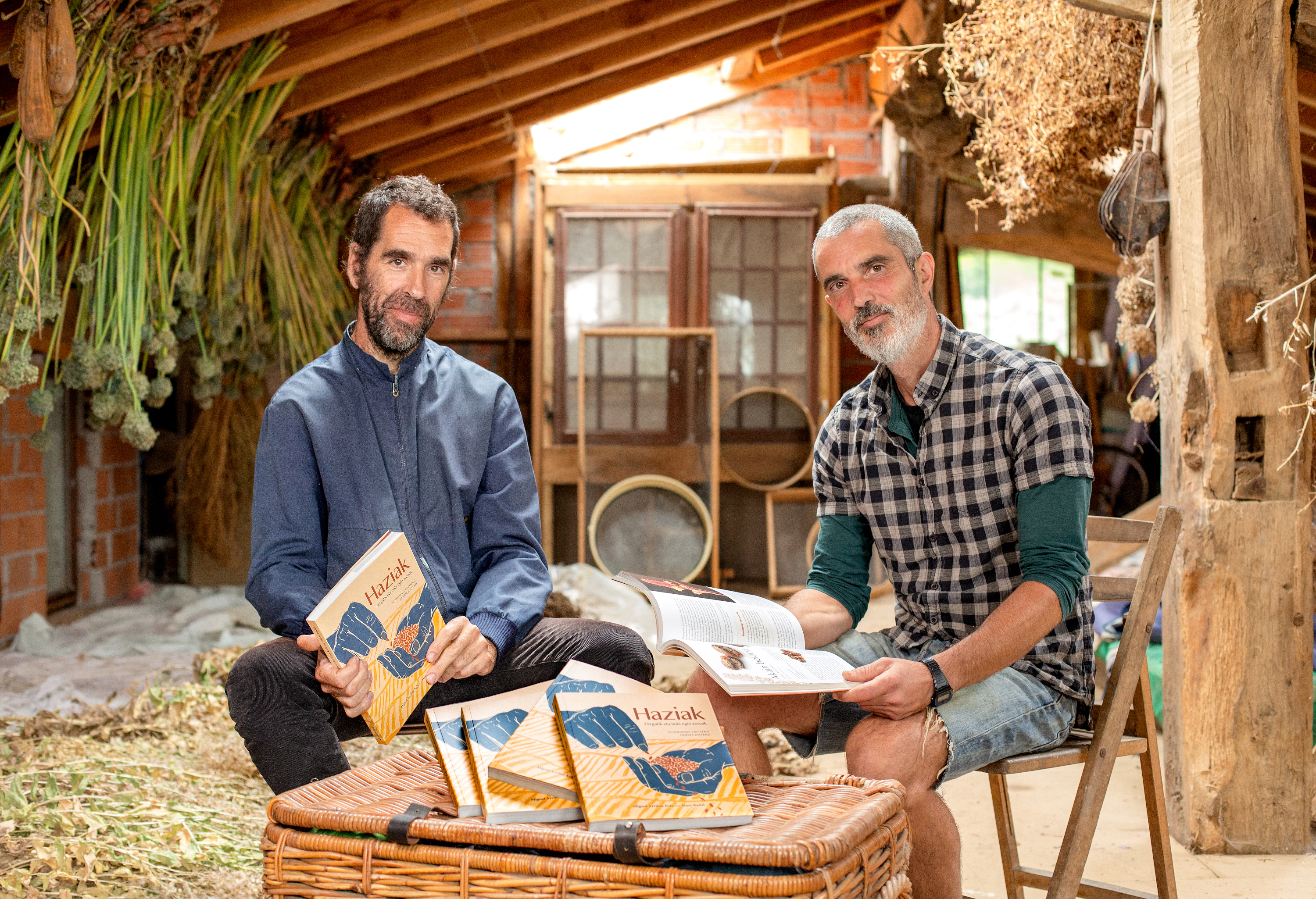Vanilla
- Totonaka is a Mexican culture with a beautiful legend: vanilla. The vanilla was born from the blood of Princess Tzacopontziza (Star of the Morning), where the priests who adored the Tonoacayohua (Goddess of the Harvest) captured Zkatan-Oxga (Young Deer) with the prince and cut his head. The prince became a powerful shrub and a bustling, gentle princess who climbed and matured a shrub. This rash is vanilla and since then the totonak has called the vanilla "caxixanath", a ground flower.

It's true, vanilla is given by a measles clipper, a climbing orchid (Vanilla planifolia). They say it is a product that comes from those fertile American lands. He then made his journey of expansion into tropical regions around the world. Better said, it would not even occur to extend it to the entire tropical world, it is not made of the head and cannot fall.
Vanilla became a valued species for the rich Europeans and we spread the profit business. But it wasn't easy. The yield we take from vanilla is a fruit, a Jewish bean. Vanilla is the main component of this characteristic odor. To create this Jewish one must reach the female aieca of hermaphrodite flowers. This task, pollination, is performed by certain flies and bees, insects willing to this function and also prepared the flower of vanilla. But this confluence can only occur in their territories of origin. When they took the vanilla from one side to the other in the world, it was not understood why it didn't fruitful: it gave and gave flowers and it gave no trace of green beans. In Mexico, however, it is considered the most fruitful fruit of the humid tropical. Today they know how to pollinate by hand, without the need for flies: it is enough to tighten the flower a little and work in Madagascar, Tahiti, Indonesia, etc.
Synthetic vanilla or vanilla is much easier, cheaper than natural vanilla, much more widely used. Most vanilla is produced from waste generated in paper mills. But its smell is still far from natural vanilla. Today we know that it contains 169 ingredients (esters, hydrocarbons, aldehydes, alcohols, aliphatic, ketones, terpenes, phenols, abrasives and heterocyclic) and that it perfectly distinguishes from the synthetic the smell produced by its salsa.
At all times, this unparalleled odor is designed to seduce and attract an animal that eats and dispels the seeds inside the bean or fruit, as the seed “sown” in its manure seems easier to manage: the cofino bat.








